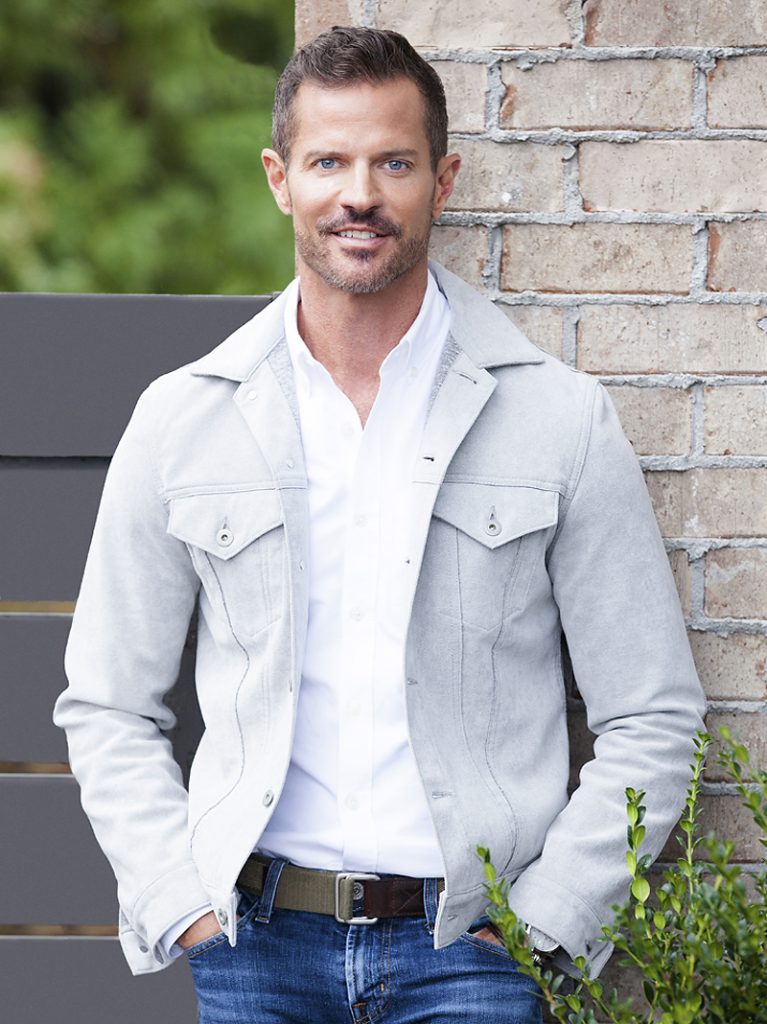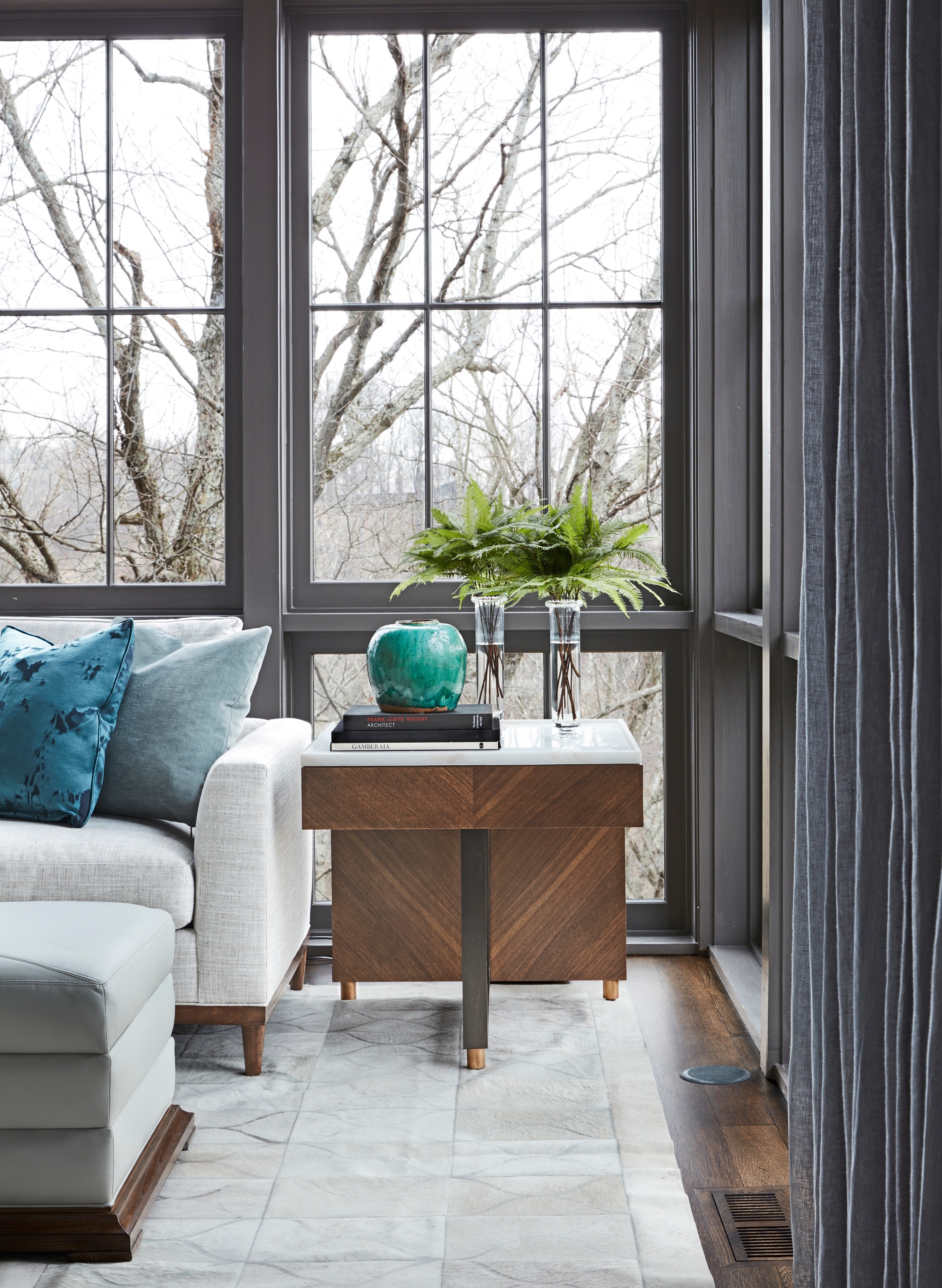Words: Peter Moran
Meet Ray Booth at the Hoff Miller showroom in the Denver Design District on October 2 for a special presentation and reception. Learn more here.
It’s not every interior designer who can think like an architect, or vice versa. Though most people tend to silo these two specialties into discrete disciplines, in reality they’re closely linked. (For proof, just look to Frank Lloyd Wright, who knew this better than anyone.) When someone comes along who can do both, like New York- and Nashville-based designer Ray Booth, the results often dazzle.
A graduate of the Auburn University School of Architecture, Booth divides his time between New York City and Nashville, creating interiors for McAlpine, a full-service architecture-design firm. No stranger to national media attention, Booth has been featured in Architectural Digest, Elle Décor, Veranda, and many other publications. He has written a book, Evocative Interiors, released a furniture line in partnership with Hickory Chair, and collaborated on a lighting and accessory line with Arteriors.
On October 2, Modern in Denver will sponsor a presentation and book signing with Booth at Denver Design District, with a presentation at 10 a.m. in the main lobby and a reception and book signing at 11 a.m. at Hoff Miller. Meet Booth, hear about his work, and mingle with fellow design lovers at this special, intimate event.


Modern In Denver: You’re a trained architect as well as an interior designer. How does your background in architecture influence your designs?
Ray Booth: My training in architecture gives me unique perspective into how I approach interiors. I always start by asking how the furnishings can better serve the architecture of the room. For our homes in Nashville and Provincetown, I was able to use this approach to tell a deeper story about the architecture’s sense of place and history. Of course, furniture itself can act as architecture, too—using screens and drapery to layer, soften, or punctuate a space.
MID: Which pieces from your Hickory Chair collection speak to Colorado’s design sensibility?
Booth: I would hope that many of the pieces have resonance with Colorado’s design sense. The combinations of the materials used in my collections—the strength of steel and the richness of woods—are elements that I think live well with Colorado’s sensibility. And while the collection does have some “feminine” notes, overall it has a “masculine” aesthetic that feels at home in the state.
MID: What were the biggest opportunities and challenges you faced while designing your Hickory Chair collection?
Booth: Hickory Chair has been an amazing partner in the design of this line. I wanted to use steel frames combined with upholstery and wood, something completely out of Hickory Chair’s typical wheelhouse. They looked at me funny for no more than two minutes before courageously embracing these new material combinations. They even found a way to do some of the production domestically, just down the road from their 100-plus-year-old factory.
MID: What’s one interior design trend you’ll always love, and one you’re ready to retire?
Booth: For us, trends are a bit taboo—we’re rarely drawn to them. That being said, I am always looking for new ways to use wood. I also still love the organic nature of lighting fixtures that combine steel and hand-blown glass (not naming names here!). A lot of people have been turned onto these types of fixtures, so they’re becoming something of a trend.
